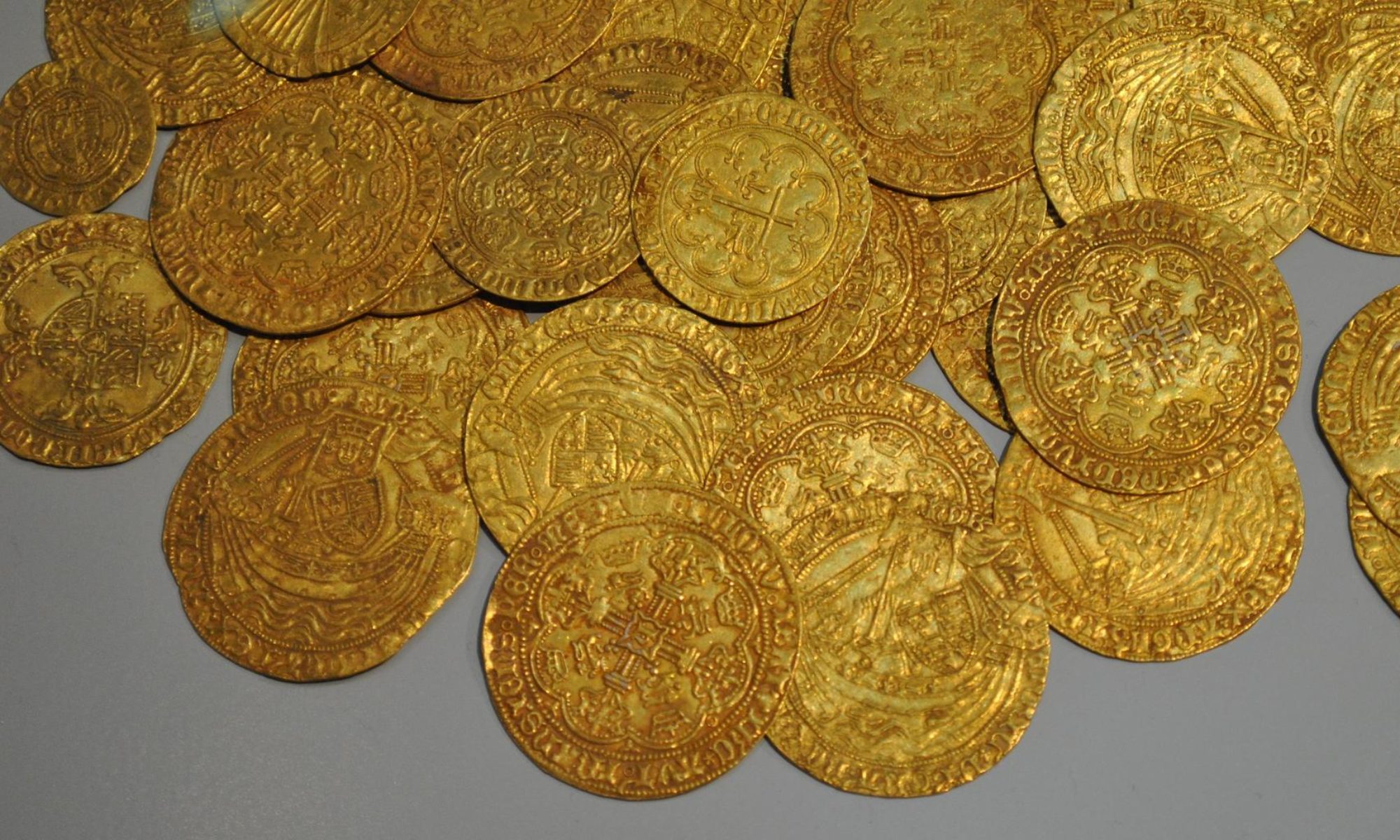Inflation is an awful thing. It increases the number of currency units in circulation, robbing and diluting the hard-earned savings of normal people.
Note, inflation is an increase in the number of currency units in circulation, not an increase in prices, despite media stories about increased prices being inflation. Even the Bank of England, perhaps accidentally, confuses the two. They often aim for an inflation ‘target’
of 2%, supposedly the centrally-decided ideal set of price increases for a Goldilocks, not too-warm, not too-cold, economy to function. However, when they refer to this inflation target, they mean an increase in prices. Normally, the amount of extra currency pumped into circulation yearly exceeds the 2% figure by a large margin.
The BBC too, it seems, has the same misconception as the Bank of England. Take this story UK inflation rises after Eat Out to Help Out ends, published on 21st October 2020, for example. Here we find an explanation of Inflation that is, at best, accidentally wrong and at worst, intentionally wrong.
What is inflation?
Inflation is the rate at which the prices for goods and services increase.
It affects everything from mortgages to the cost of our shopping and the price of train tickets.
It’s one of the key measures of financial well-being, because it affects what consumers can buy for their money. If there is inflation, money doesn’t go as far.
